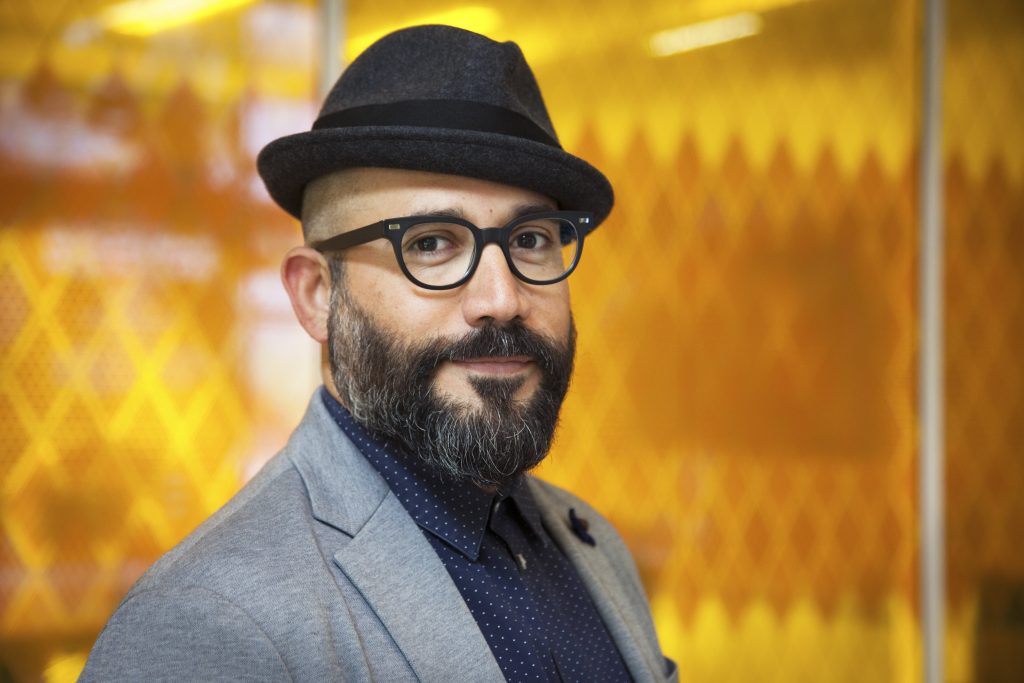On its debut, it was heralded as one of the best inventions of 2013. Google launched Project Glass as its first wearable that would rock the world. Glass quickly became the must-have product for celebrities and CEOs, and was on a fast track to becoming a culturally defining moment that would cross over to mainstream success. So how did this product end up on the DOA list just two years after it’s launch?
Episode Sources
- Google is going through a slow-motion employee revolt, and its cofounders are missing in action
- Notorious Project Failures – Google Glass
- Google Glass: A Case Study in Design Failure
- Negative Google Glass sentiment raises questions for marketers
- Sorry, Snapchat: The glassholes are coming
- Why We Hate Google Glass — And All New Tech
- Google Glass Failed Because It Just Wasn’t Cool
- Why Google Glass Failed: A Marketing Lesson
- Why Glass Broke
Guest Bio

Robert Hernandez, one of the few true veterans of web journalism, has made a name for himself as a journalist of the web, not just on the web. His primary focus is exploring and developing the intersection of technology and journalism — to empower people, inform reporting and storytelling, engage community, improve distribution, and, whenever possible, enhance revenue.
Hernandez is an associate professor of professional practice, AKA a web journalism professor, at USC Annenberg. He’s not an academic… he’s more of a hackademic. He describes himself as a mad scientist for journalism and likes to “MacGyver” web journalism solutions.
His most recent work includes Augmented Reality, Wearables/Google Glass and Virtual Reality — he and his students produce immersive experiences under their brand: JOVRNALISM™. Their work can be seen in The New York Times, NBC, NPR, ProPublica, USA Today and in their own iOS/Android app.
JOVRNALISM has received awards from the Online News Association, the Association for Education in Journalism and Mass Communication, the LA Press Club and The Webby Awards, among many others. It has also been awarded grants from the Knight Foundation and others.
He is the recipient of SPJ’s 2015 Distinguished Teaching in Journalism Award. He has been an international keynote speaker, panelists (SXSW three times), moderator and gave a TEDxKC talk on the future of news and misinformation.
Hernandez has made it to Imgur’s front page more than once. He connects dots and people.
Find out more about Hernandez at www.webjournalist.org or follow him on Twitter at @webjournalist.
